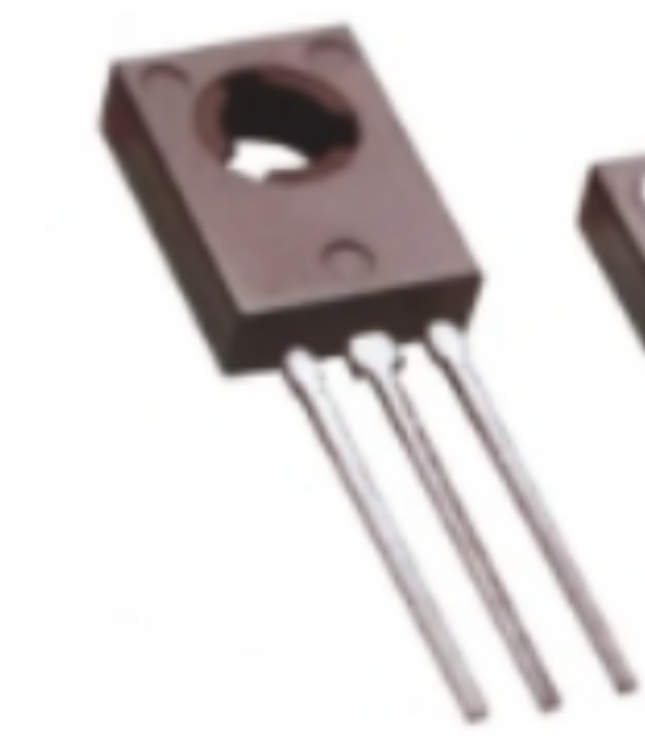Date:2025-06-25 Categories:Product knowledge Hits:317 From:Guangdong Youfeng Microelectronics Co., Ltd
The silicon phototransistor is a BT138-600E photoelectric conversion device that utilizes the photoelectric effect to convert optical signals into electrical signals. It has the characteristics of simple structure, high sensitivity, and fast response speed, and is widely used in fields such as optoelectronic detection, communication, and optoelectronic measurement.transistor
1、 Basic structure:
The structure of a silicon phototransistor is basically similar to that of a regular silicon transistor, mainly composed of a PN structure. Among them, the emitter is a P-type region, the collector is an N-type region, and the base is a P-type or N-type region. The formation of PN structure enables silicon phototransistors to convert optical signals into electrical signals.
2、 Advantages and disadvantages:
Silicon phototransistors have the following advantages:
1. High sensitivity: Silicon phototransistors are very sensitive to light signals and can detect very small light signals.
2. Fast response speed: The response speed of silicon phototransistors can reach microsecond level, suitable for high-speed photoelectric detection.transistor
3. Good reliability: Silicon phototransistors have the characteristics of long lifespan, stability, and reliability.
4. Economical and practical: The manufacturing cost of silicon phototransistors is relatively low.
The disadvantages of silicon phototransistors include:
1. High noise: Silicon phototransistors generate certain noise signals during operation.transistor
2. Poor wavelength selectivity: Silicon phototransistors have poor wavelength selectivity and can only receive optical signals within a certain wavelength range.
3. Temperature has a significant impact: the performance of silicon phototransistors is easily affected by temperature.

Previous: Classification, Structure, and Principle of MOSFET